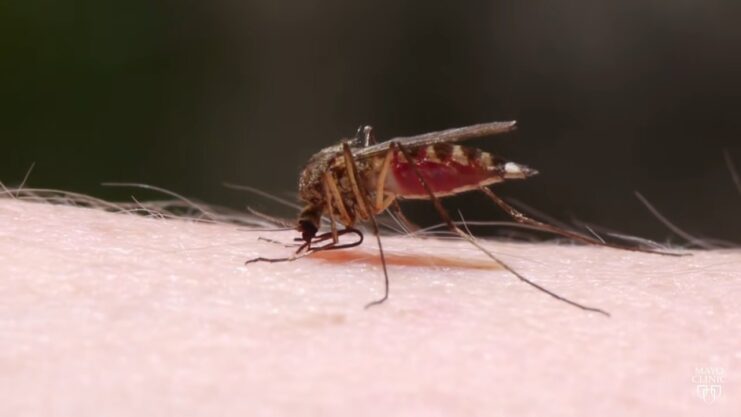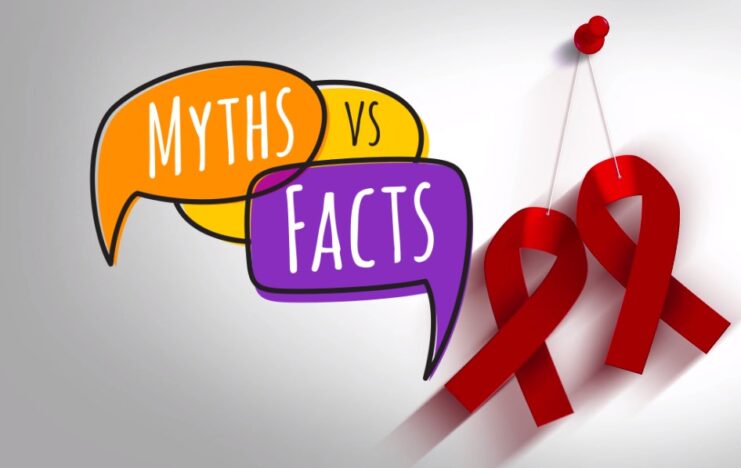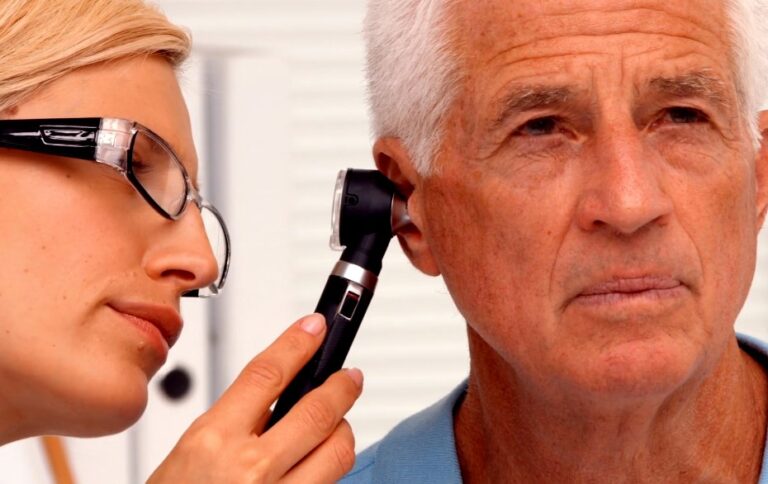HIV, or the Human Immunodeficiency Virus, has been surrounded by myths and misconceptions since its discovery. These myths not only spread fear but also contribute to the stigma associated with the disease. In this article, we’ll debunk the top 5 myths about HIV transmission, providing you with accurate information to protect yourself and others.
Myth 1: HIV Can Be Transmitted Through Casual Contact

One of the most persistent myths about HIV is that it can be transmitted through casual contact. This has led to unnecessary fear and discrimination against those living with the virus.
Fact: Casual Contact Does Not Transmit HIV
HIV is not transmitted through casual contact such as hugging, shaking hands, or sharing utensils. The virus cannot survive long outside the human body, making it impossible to contract it from surfaces or casual interactions. It’s essential to differentiate between intimate contact that involves the exchange of bodily fluids and everyday interactions.
Misconceptions Leading to Stigma
Due to this myth, many people living with HIV face discrimination in their daily lives. They might be avoided by friends or family, or face challenges in their workplace. Understanding that casual contact is safe can help reduce this stigma and ensure that those with HIV are treated with the respect and understanding they deserve.
Myth 2: Mosquito Bites Can Transmit HIV

Another common myth is that HIV can be transmitted through mosquito bites. This misconception can cause unnecessary panic, especially in areas where mosquito-borne diseases are prevalent.
Fact: Mosquitoes Do Not Transmit HIV
Mosquitoes do transmit various diseases, such as malaria and dengue fever, but HIV is not one of them. When a mosquito bites an infected person, the HIV virus is broken down in the mosquito’s stomach. Thus, it cannot transmit the virus to the next person it bites.
Why This Myth Persists
The persistence of this myth might be due to the general fear of mosquito-borne diseases. However, it’s crucial to understand the differences in transmission methods for various diseases to avoid unnecessary fear and to take appropriate precautions.
Myth 3: HIV Can Be Contracted From Public Toilets

Public toilets can be a source of many germs, leading to the myth that one can contract HIV from using them. This misconception can deter people from using public facilities when necessary.
Fact: Public Toilets Are Safe from HIV
HIV cannot be transmitted through toilet seats, handles, or any other surfaces in a restroom. The virus does not live long outside the body and requires direct contact with specific bodily fluids to transmit. It’s always a good idea to maintain hygiene, but fear of HIV should not be a reason to avoid public toilets.
Importance of Hygiene
While public toilets are not a source of HIV, they can harbor other germs. It’s essential to:
- Wash your hands thoroughly after using the restroom.
- Use tissue or paper towels to touch handles or taps.
- Avoid direct contact with toilet seats if they appear unclean.
By debunking these myths, we aim to spread accurate information about HIV transmission. In the following sections, we’ll continue to address more misconceptions, ensuring you’re well-informed and can protect yourself effectively.
Myth 4: HIV Can Be Transmitted Through Saliva

Introduction: A common misconception is that HIV can be spread through saliva, leading many to avoid sharing drinks or even kissing someone with HIV. Let’s dive into the facts behind this myth.
Fact: Saliva is Not a Viable Transmission Method
While HIV is found in saliva, the concentration is much too low to pose a risk of transmission. Activities like kissing, sharing utensils, or drinking from the same glass do not spread HIV. It’s essential to understand that for transmission to occur, a significant amount of the virus needs to enter the bloodstream.
Overcoming Unfounded Fears
The fear of transmission through saliva has led to unnecessary caution and avoidance behaviors. By understanding the actual risks, we can foster more inclusive environments and relationships for those living with HIV.
Myth 5: All Sexual Activities Transmit HIV Equally

Introduction: Sexual transmission is the most common way HIV spreads, but not all sexual activities carry the same risk. It’s crucial to differentiate between various acts to take appropriate precautions.
Fact: Different Sexual Activities, Different Risks
While HIV can be transmitted through sexual contact, the risk varies depending on the activity:
- Unprotected anal intercourse has the highest risk, especially for the receptive partner.
- Vaginal intercourse carries a moderate risk, with the receptive partner again at a higher risk.
- Oral sex has a much lower risk, but it’s not zero, especially if there are open sores or bleeding gums involved.
Safe Practices and Precautions
To reduce the risk of HIV transmission during sexual activities:
- Always use latex or polyurethane condoms correctly.
- Consider pre-exposure prophylaxis (PrEP) if you’re at high risk.
- Regularly get tested for HIV and other STIs.
Myth 6: HIV Only Affects Certain Groups of People

Introduction: There’s a harmful stereotype that HIV only affects specific groups, such as gay men or drug users. This myth can lead to complacency in others, thinking they’re not at risk.
Fact: HIV Does Not Discriminate
HIV can affect anyone, regardless of their sexual orientation, gender, age, or socioeconomic status. While certain groups might have higher incidence rates due to various factors, it’s crucial to understand that anyone can contract the virus.
The Danger of Stereotypes
Stereotyping can lead to:
- Stigmatization of certain groups.
- Complacency in others, leading to risky behaviors.
- Misunderstanding and fear, hindering effective prevention efforts.
By understanding the realities of HIV transmission and dispelling these myths, we can approach the topic with knowledge and empathy. Stay informed, practice safe behaviors, and always treat those living with HIV with respect and understanding.
FAQ
1. Can I get HIV from donating blood?
No, modern blood donation procedures are extremely safe. Sterile, one-time-use equipment is used for each donor, eliminating the risk of HIV transmission.
2. Is there a cure for HIV?
As of now, there’s no cure for HIV. However, with proper medical care, HIV can be controlled. Antiretroviral therapy (ART) helps lower the viral load in the body, maintain a healthy immune system, and reduce the risk of transmission.
3. Can pregnant women with HIV pass the virus to their babies?
Without treatment, there’s a risk of transmission from mother to child during childbirth or breastfeeding. However, with appropriate treatment and precautions, the risk can be reduced to less than 2%.
4. How often should I get tested for HIV?
It depends on your risk factors. If you’re sexually active, especially with multiple partners, or if you use intravenous drugs, it’s recommended to get tested at least once a year. Discuss your risk factors with your healthcare provider to determine the best frequency for you.
5. Are there any vaccines available for HIV?
Currently, there’s no effective vaccine against HIV. However, research is ongoing, and there are several vaccine candidates in clinical trials.
Final Words
Understanding HIV and dispelling myths surrounding its transmission is crucial in today’s world. By staying informed and sharing accurate information, we can combat the stigma associated with HIV and work towards a more inclusive and empathetic society. Remember, knowledge is power. Equip yourself with the right information, and always approach the topic with an open mind and heart.
Related Posts:
- Is It Really Possible to Get Infected with HIV by…
- Eye Cataract: Top Tips for Crystal Clear Vision
- How to Increase Testicle Size - Busting Myths and…
- Curved Monitor: Pros And Cons - Should You Get It Or Not?
- Understanding Vulvovaginal Candidiasis: The Itch You…
- How Can You Charge Apple Pencil With iPhone? - Apple…













